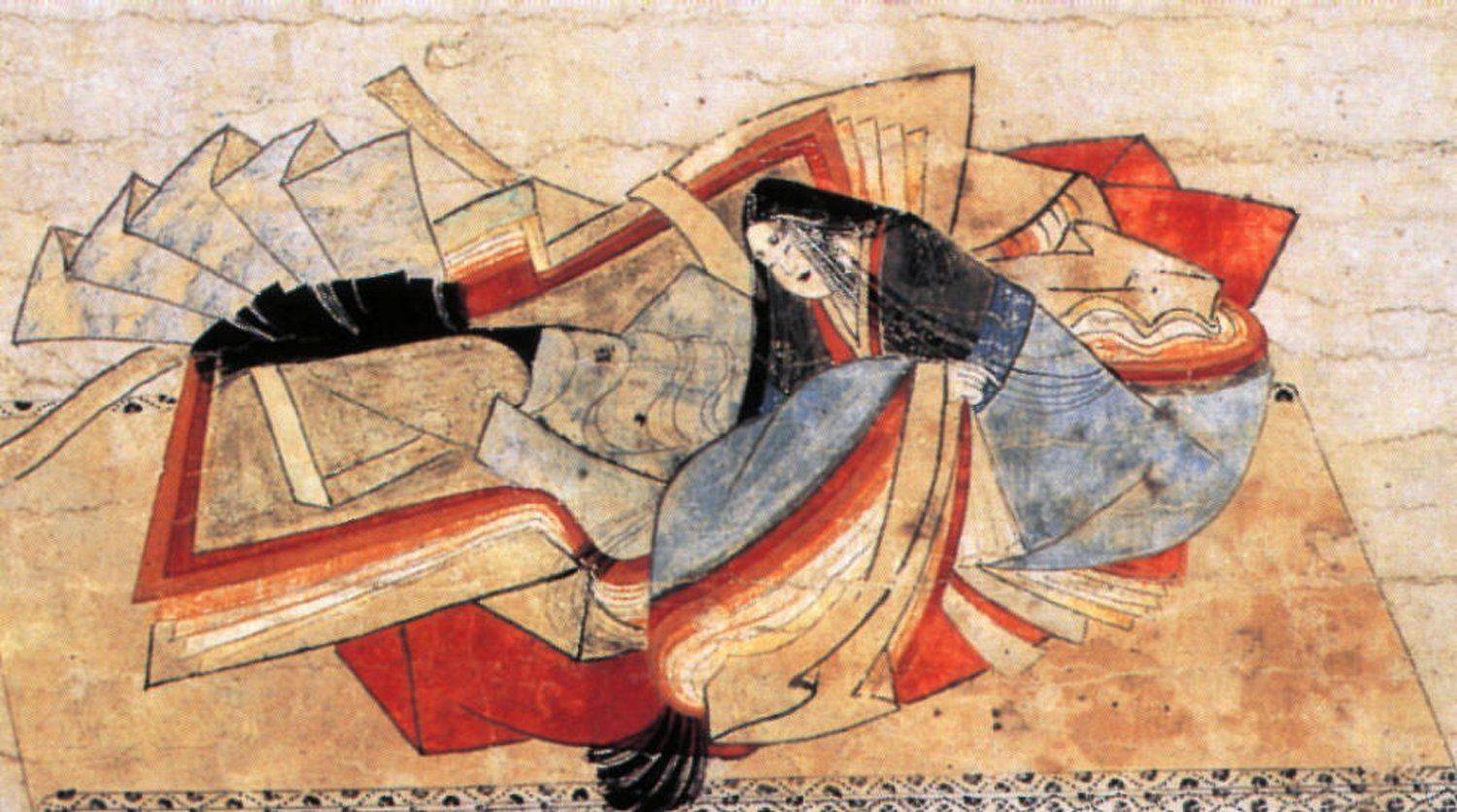The Japan of the Heian period, 794-1185, unsurprisingly was different from popular images of medieval Japan. In writing the Yamabuki series, as much as I could, I looked to experts in the field who understood what the Heian period was, and also what it was not.
If the informed Westerner was asked to enumerate the outstanding features of traditional Japan, his list might well consist of the following: in culture No and Kabuki drama, Haiku poems, Ukiyoe colour prints, samisen music, and various activities like the tea ceremony, flower arrangement, and the preparation of miniature landscapes that are related to Zen influences; in society the two-sworded samurai and the geisha; in ideas the Zen approach to human experience with its stress on an intuitive understanding of the truth and sudden enlightenment, the samurai ethic sometimes known as Bushido, a great concern with the the conflicting demands of duty and human affection and an extremely permissive attitude to suicide, especially love suicides; in domestic architecture fitted straw matting (tatami), large communal baths, tokonoma alcoves for hanging kakemono; in food raw fish and soy (tempura and sukiyaki being judiciously excluded as Western importations). The list would be entirely correct. Yet not a single one of these items existed in Murasaki’s world, and many of them would have seemed as alien to her as they do to the modern Westerner.
—World of the Shining Prince, Ivan Morris - p. 141
The Gempei War, which marks the end of the Heian period, looks very different from most of the Japanese historic dramas from television and film.
